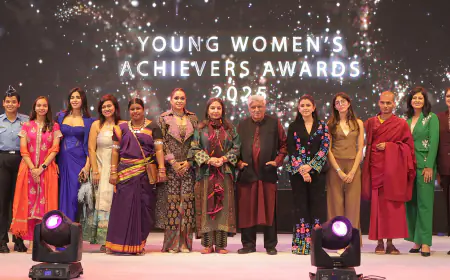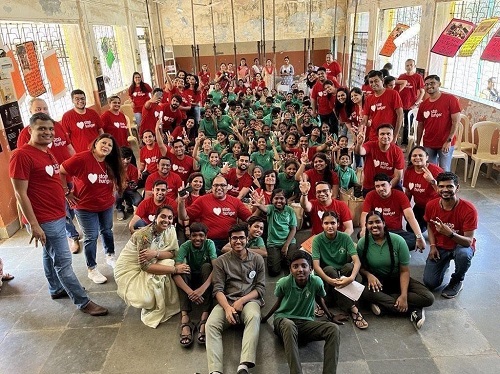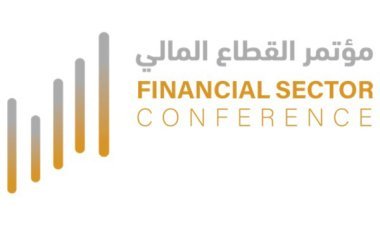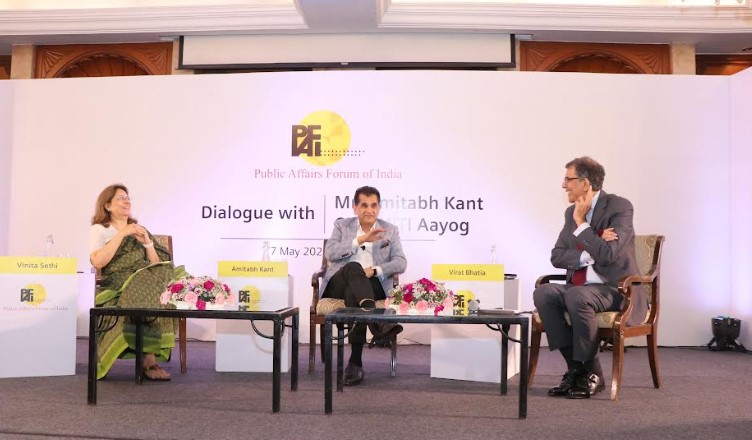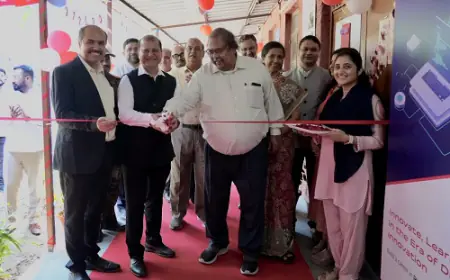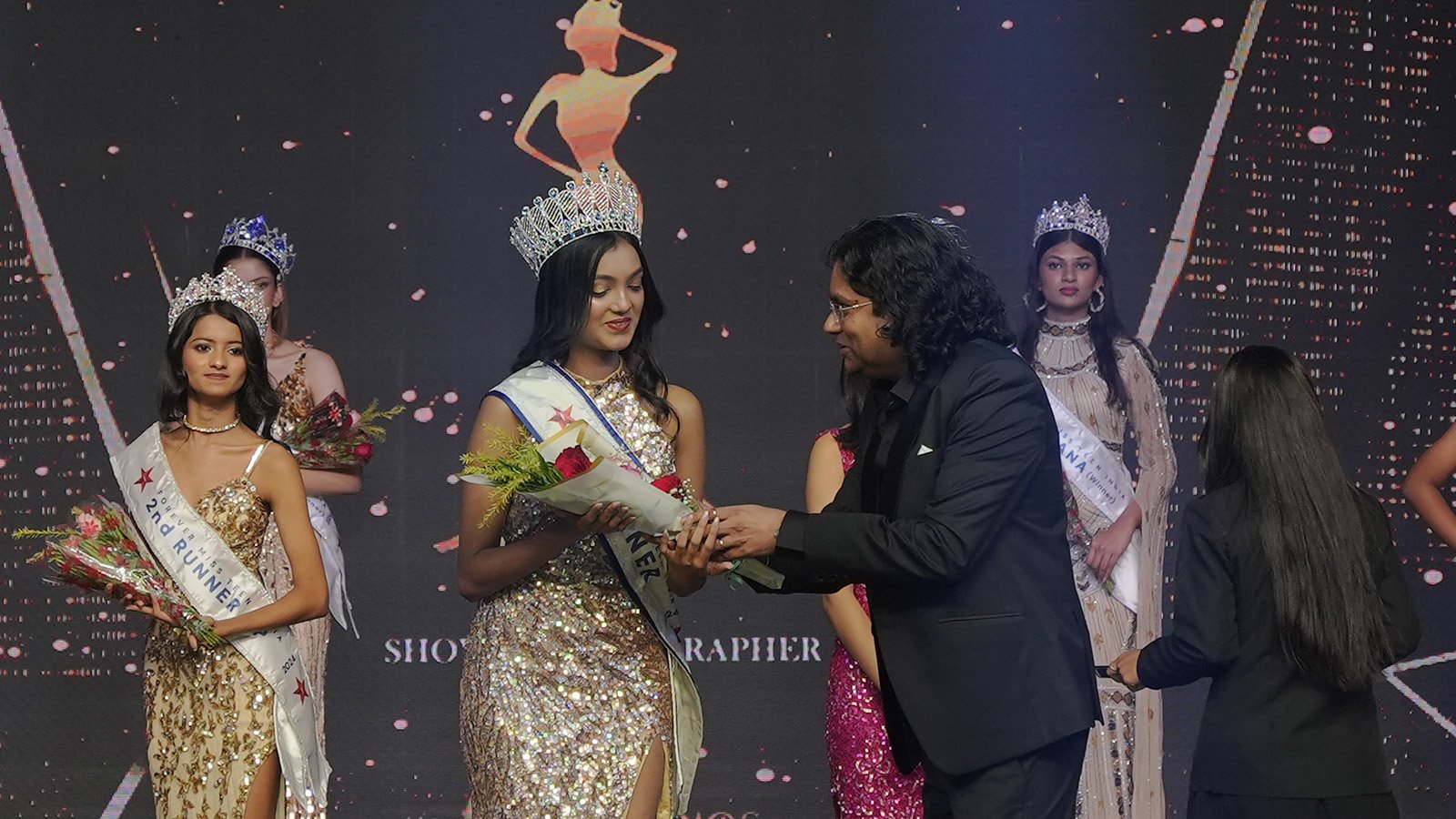Laser Vision Correction Trend Surges Among Indian Brides and Grooms: Dr. Rohit Om Prakash
Laser vision correction is a modern, innovative, safe, and effective treatment used to correct a refractive errors in a person’s eye.

An increasing adoption of laser vision correction procedures is being witnessed by ophthalmologists across India. This is due to advancements in technology making these treatments minimally invasive, safe, and effective with quick recovery and impeccable results. Today, laser vision correction has emerged as a popular trend among soon-to-be wed in their preparation to enhance their special day.
Laser vision correction is a modern, innovative, safe, and effective treatment used to correct a refractive errors in a person’s eye. Popular laser vision correction surgeries that have gained immense acceptance are ZEISS SMILE® (Small Incision Lenticule Extraction), LASIK (Laser-Assisted In Situ Keratomileusis), and PRK (Photorefractive Keratectomy). SMILE technology is the most recent innovation in the space of laser vision correction surgeries.
Dr. Rohit Om Prakash, [Ophthalmologist], Dr. Om Prakash Eye Institute (Punjab), "At my clinic, I have witnessed a consistent uptick in the demand for laser vision correction, within the bridal community, in the last few years. Interestingly, the demand has been from both brides and grooms, which clearly states that the desire for clarity of vision and freedom from glasses or contact lenses is gender agnostic. Increased breakthroughs in modern technology of vision care are enabling people to take courage in choosing laser vision correction procedures such as SMILE® with confidence, especially before a big day like their wedding.”
SMILE® (Small Incision Lenticule Extraction) is a minimally invasive, bladeless technique known for its precision and rapid recovery. In SMILE, femtosecond lasers create a lenticule within the cornea for extraction. Increased laser frequency and faster treatment speed can create the lenticule in less than 10 seconds, thanks to a faster laser pulse repetition rate of 2 million laser pulses per second. A shorter suction period reduces the contact time with the eye during the laser treatment.











